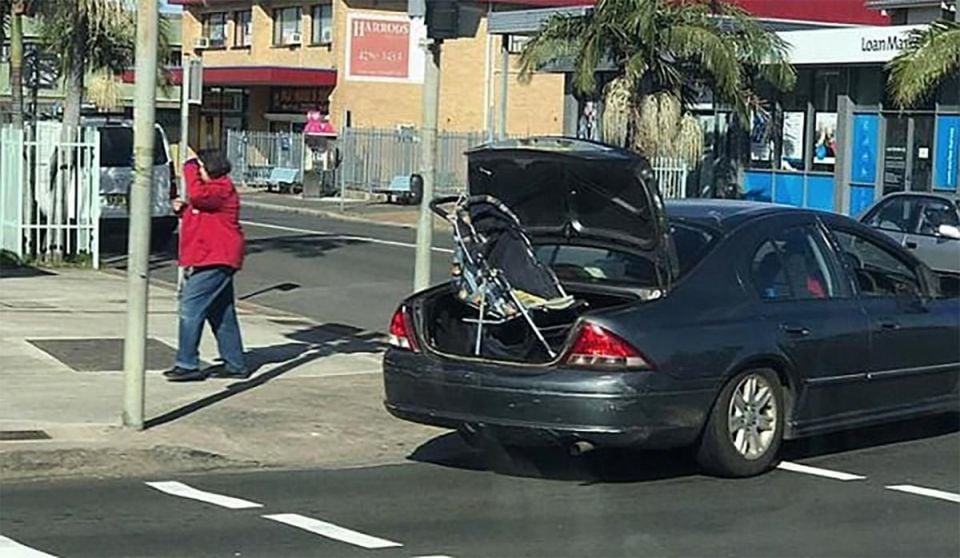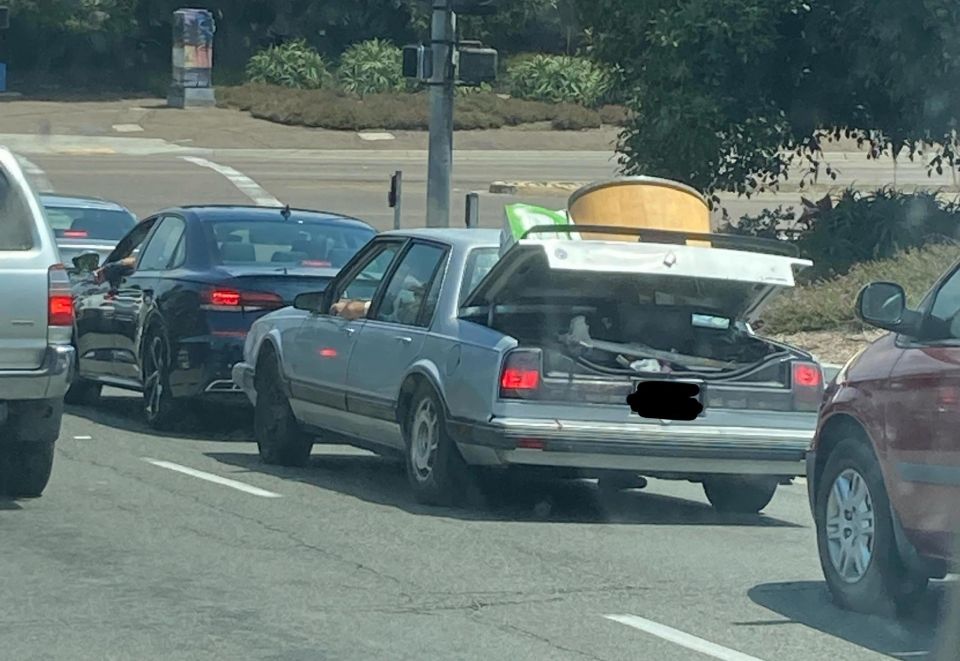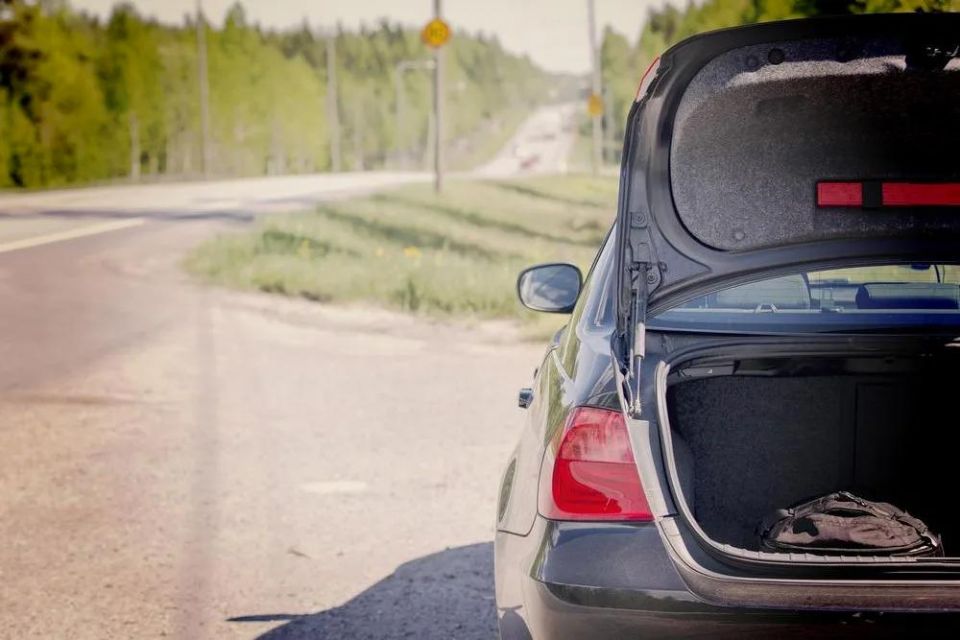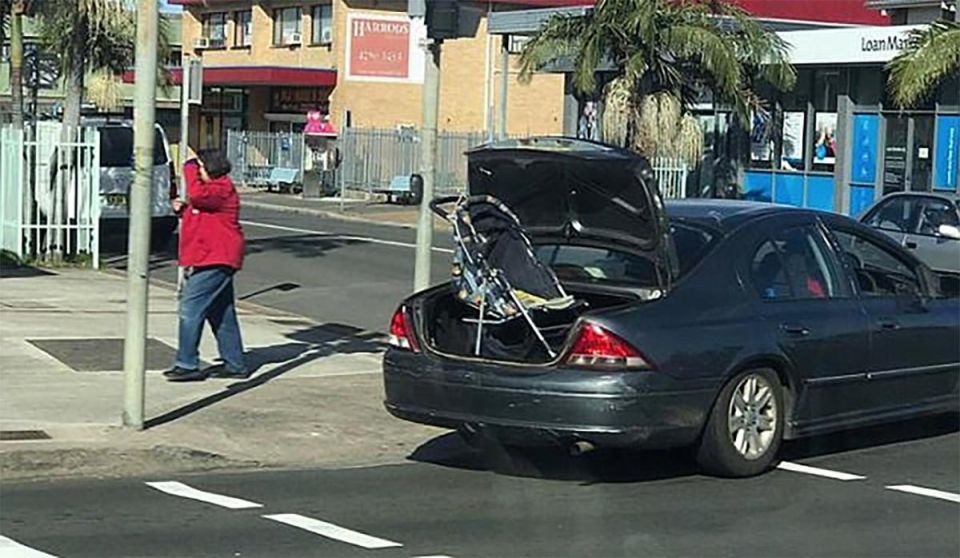

Jack Quick
7.9
6 Days Ago
Driving with your boot open is technically not illegal, but there are many factors you need to be aware of before you do.

Senior Contributor


Senior Contributor
We’ve probably all been in a situation where you’re at your favourite flat-pack or hardware store, and you find something that is just a little bit too long to fit in the boot.
If you have roof racks, that’s likely going to be a better option for properly securing a longer load. But if you don’t, and you’re wondering, “is it illegal to drive with my boot open?”, you might be surprised at the laws.
These rules are possibly stricter than you’d think, but the reason for the harshness of the penalties is that, in years gone by, unsecured loads have caused accidents and even deaths on our roads. So, it’s best to take it seriously because the police certainly do.
The Australian model Road Rules 2014, regulation 292, covering the topic of “Insecure or overhanging load” outlines the following:
The interpretation of this rule varies across jurisdictions, and so do the potential penalties for doing the wrong thing.

Plus there’s another model Road Rule that may apply, depending on the location: regulation 269, (3), states: “A person must not cause a hazard to any person or vehicle by opening a door of a vehicle, leaving a door of a vehicle open, or getting off, or out of, a vehicle.” That could be interpreted in such a way that, if your boot is open, you could be fined hundreds of dollars, depending on the jurisdiction.
If the load becomes unsecured and ends up on the roadway, some localities require you to remove it from the road – in NSW, for instance, you could cop a $481 fine and three demerits if you lose something from your vehicle and don’t remove it from the roadway.
You may also want to consider the security of your boot lid. If you’re driving a sedan, the boot lid may be prone to bounce up and down over bumps, especially if it’s a gooseneck-hinge style mechanism.
Hatchbacks, SUVs or wagons with gas struts or electric opening systems might be more likely to stay open, but be aware of the additional height of the vehicle when driving with the rear ‘door’ open. Most people attempt to secure the boot lid so it is in the ‘down’ position, which is likely the safest course of action so long as your visibility is not impaired by doing so.
Some car makers include in their safety warning systems that driving with the boot open can be dangerous for the occupants due to ingress of exhaust fumes. For instance, Volvo has a specific warning: “Do not drive with the boot lid open. Toxic exhaust fumes can be drawn into the car through the cargo area.”
VicRoads has a pretty good set of guidelines for securing a load – though these do span across utility vehicles, trucks and other vehicles:
“If you don’t properly secure your load, you may be fined, even if your load doesn’t come loose,” VicRoads states.
Fines vary from $242 for minor breaches, through to an enormous potential court-imposed penalty of more than $80,000 for professional load carriers doing the wrong thing. Most ‘regular’ boot loaders would be in the former potential fine space.

But be sure to secure your load so as to prevent it from breaching any of the Road Safety (Vehicles) Regulations 2021 – REG 285, which states that the following must be met by a vehicle that is carrying a load:
(i) hanging or projecting from the vehicle; or
(ii) becoming dislodged or falling from the vehicle;
You also have to make sure you can see out of your vehicle effectively – you need to be able to see forward, out the sides and out the back of the car, otherwise you could be fined.
In NSW the regulations suggest you may face a fine of $481 and three demerit points if you drive with a load that is not correctly secured. Make sure that your load is secured and doesn’t impact the safety of your car or other road users, and ensure you can maintain clear visibility from the driver’s seat.
Fines and penalties vary depending on your location and the legal jurisdiction.
Not intended as legal advice. Check with the relevant roads authority in your state or territory.



Matt has more than a decade of experience in automotive journalism, and loves exploring the pros and cons of new cars, delving into deep-dive industry stories, and going for a drive just for the fun of it.


Jack Quick
7.9
6 Days Ago


Neil Briscoe
5 Days Ago


William Stopford
8.5
4 Days Ago


James Wong
7.9
3 Days Ago


Jack Quick
8.4
2 Days Ago


Matt Campbell
8.1
16 Hours Ago